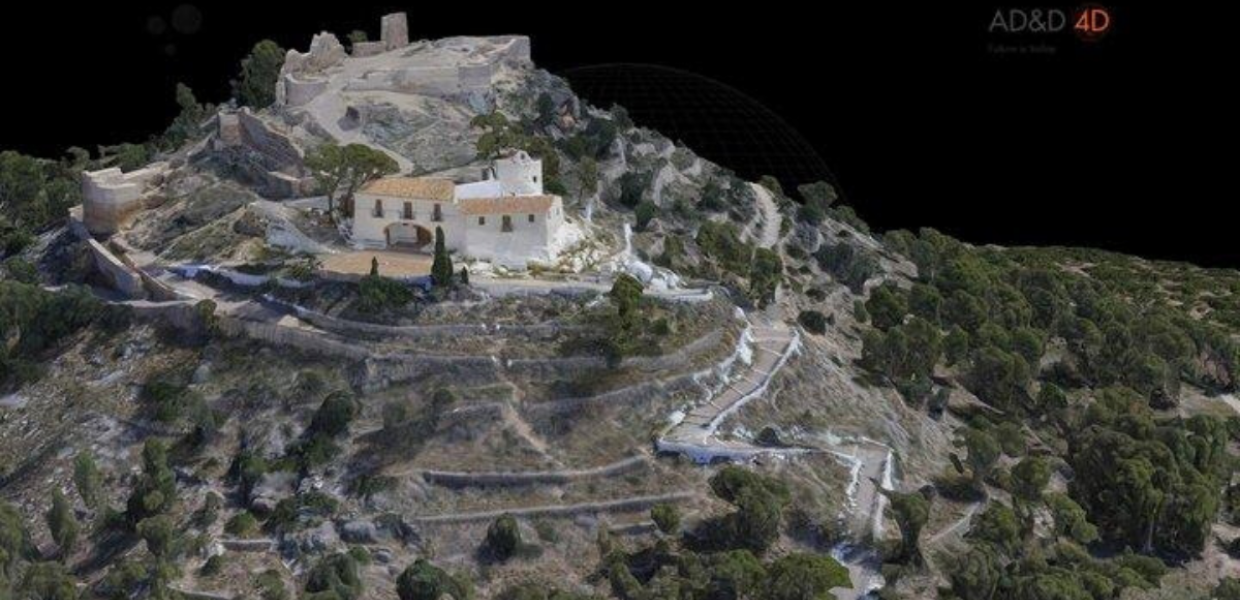3D content and Europeana
Online, easily accessible 3D cultural heritage content is still less abundant than other media formats. Relatively little 3D content is currently accessible through Europeana. The aim of the 3D task force was to change this. We began by surveying the scene. Our first step was to carry out a review of the means that are currently available for accessing and sharing 3D content online. Next, we reviewed the current state-of-play amongst both Europeana data partners and more broadly in the cultural heritage sector.
We found that there is a good deal of interest in 3D but considerable variation in knowledge and experience. One of the challenges is that 3D is suitable for a wide range of different applications (from buildings and museum objects to works of art and gaming applications) for different audiences and a mixture of technical and audience factors need to be taken into consideration. The survey of Europeana data partners shows that there’s a definite need for training in this field.
Adapting to a changing landscape
The 3D landscape is continuously evolving. More than 50 different file formats are currently in use for cultural heritage content. Amongst these, some are no longer current or not fully supported by their developers. The small group of international standard and de facto industry standard formats are the most relevant for Europeana and cultural heritage institutions. These formats are more suitable for archiving and are also easier to make accessible online.
Formats are not the end of the story when it comes to making 3D content accessible online. Technical considerations about the hardware, processing power and software available to different audiences are important when deciding how to provide access to 3D content. Direct access to a downloadable file may not be the best solution. Visualising the content in a viewer or via an online service can offer end users a more satisfying experience.
Currently there are a small number of service providers offering hosting and visualisation services for 3D. Sketchfab has a reasonably large community of users and offers access to content via an embeddable viewer which is supported in Europeana Collections. Identifying similar hosting solutions and viewing software which large communities of use, and exploring ways of integrating these in Europeana Collections is a logical next step.
Working collaboratively
The 3D task force built a network of contacts among 3D specialists, projects and initiatives working in this area. Our task force made a number of recommendations for Europeana in our report. One of the most important is a recommendation for this community to continue working collaboratively to improve standardisation, description, accessibility and interoperability of 3D content.
Finally
This is a brief summary of the work carried out by the 3D task force, and my impressions of areas where changes are coming. During 2020 I hope that we will begin to see new 3D content being made available to Europeana’s users and new initiatives sharing and exchanging knowledge about this exciting technology.


